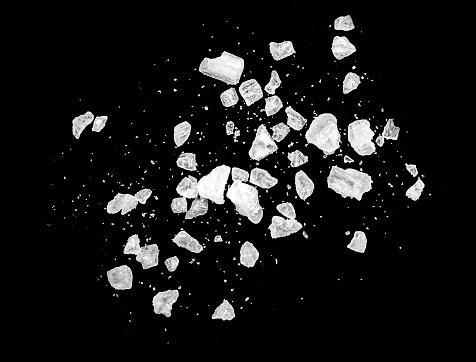Researchers found salt crystals in samples from the Itokawa asteroid. The find comes to life the theory that these celestial bodies may be responsible for the presence of water on Earth. The study was published in the journal Nature Astronomy.
The water available on Earth may be a gift from the stars. But not in the mystical way you can imagine. According to some theories, on a young Earth still in formation, the existence of water was impossible due to the high temperatures in the solar nebula.
But in this whirlpool of creation, our newborn planet may have been bombarded by comets and asteroids bringing water from deep space.
Hayabusa and the C-class asteroid
In 2005, the Japanese mission to Hayabusa collected samples from the C-class asteroid Itokawa and brought them back to Earth in 2010.
Stars in this classification are fairly common and are considered dry, meaning they do not show signs of minerals that may come from interaction with water. But Itokawa’s samples brought a surprise: salt crystals.

According to the researchers, the sodium chloride found in the samples may have come from the presence and evaporation of water during the asteroid’s lifetime.
Concerned about possible sample contamination, astronomers ran several tests to make sure the material was reliable. The samples proved to be intact.
These asteroids are in regions closer to our planet and are the most abundant, as about 87% of meteorites that reach Earth are made of Itokawa-like materials.

However, even in quantity, a few samples of this type of asteroid had signs of the presence of hydrated minerals or water. As such, Itokawa was very interesting and opens doors for the investigation of other C-class asteroids.
For the team, this is one more point in favor of the theory that comets and asteroids could slam into Earth, bringing water molecules and enriching our atmosphere.
With this new perspective, researchers will continue to explore, including a new look at C.
Source: Tec Mundo
I’m Blaine Morgan, an experienced journalist and writer with over 8 years of experience in the tech industry. My expertise lies in writing about technology news and trends, covering everything from cutting-edge gadgets to emerging software developments. I’ve written for several leading publications including Gadget Onus where I am an author.













